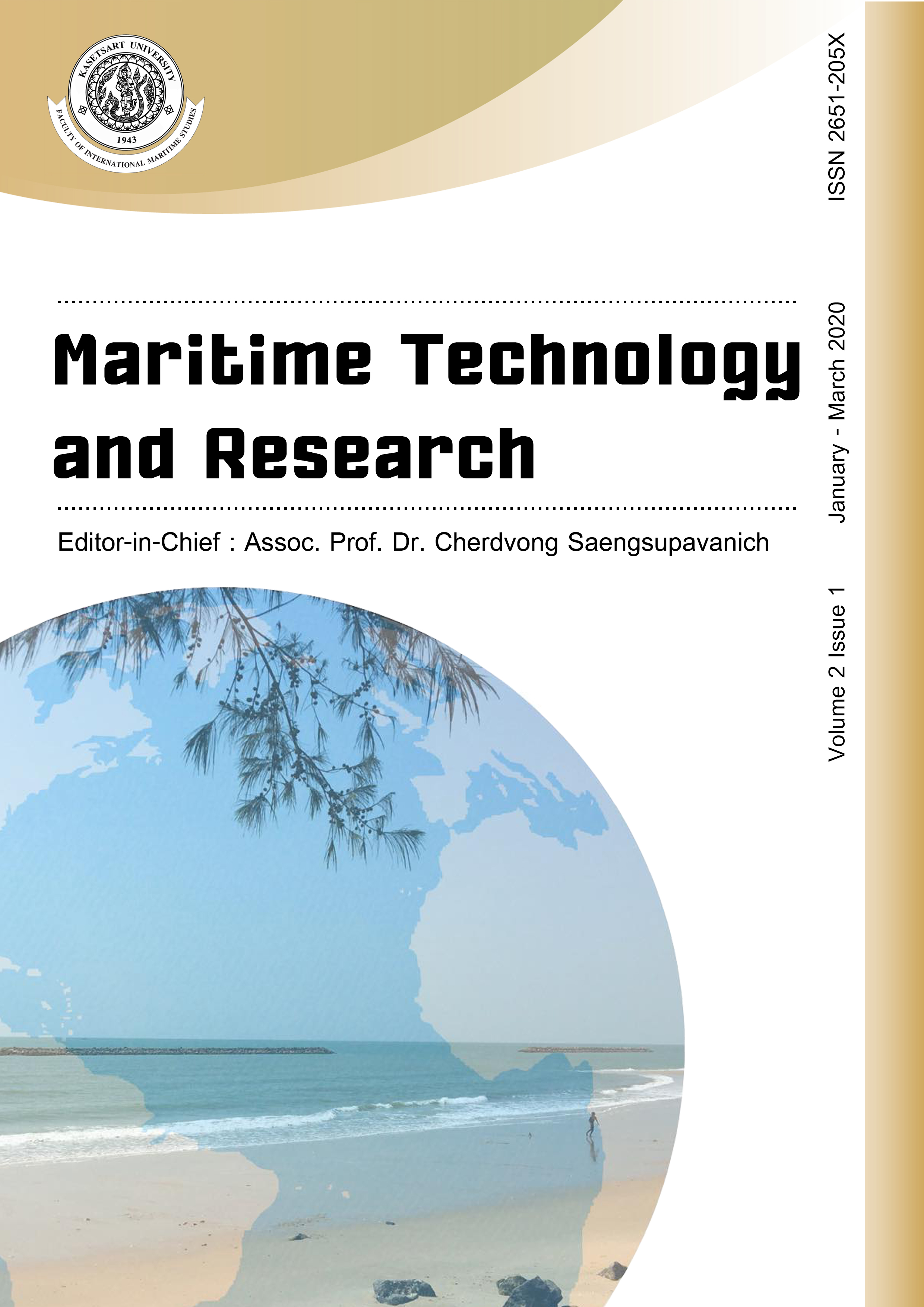Study on carburized steel used in maritime industry: The influences of carburizing temperature
DOI:
https://doi.org/10.33175/mtr.2020.204835Keywords:
Carburizing treatment, Mild steel, Maritime industryAbstract
This paper aims to examine the influence of carburizing temperature on carburized mild steel. Carburizing treatment was carried out at carburizing temperatures of 800 and 900 °C with fixed carburizing time of 1 h. The results indicated that carburization treatment could improve the hardness of the samples. However, it was found that the hardness profile of mild steel was almost unchanged after treatment at the carburizing temperature of 800 °C. Carburization treatment carried out at the carburizing temperature of 900 °C could significantly enhance the hardness conditions and also increase the case depth of carburized mild steel. Carburized steel can provide a tough and durable surface to protect against severe degradations, such as marine erosion, wear, and cavitation in maritime applications.
References
Aramide, F. O., Ibitoye, S. A., Oladele, I. O., & Borode, J. O. (2010). Pack carburization of mild steel, using pulverized bone as carburizer: Optimizing process parameters. Leonardo Electronic Journal of Practices and Technology, 9(16), 112.
Canale, L. C. F., Albano, L., Totten, G. E., & Meekisho L. (2014). Hardenability of steel, Comprehensive Materials Processing, 12, 39-97. doi:10.1016/B978-0-08-096532-1.01219-X
Duka, E., Oettel, H., & Dilo, T. (2012). Connection between micro and macro hardness pearlitic-ferritic steel. AIP Conference Proceedings, 1476, 88-91. doi:10.1063/1.4751563
Edenhofer, B., Joritz, D., Rink, M., & Voges, K. (2015). Carburising of steels. In Mittemeijer, E. J., & Somers, M. A. J. (Eds.). Thermochemical surface engineering of steels. Amsterdam, Netherlands: Woodhead Publishing, pp. 485-553. doi:10.1533/9780857096524.3.485
International Organization for Standardization, Technical Committee ISO 2639, Acoustics. (2002). Steels: Determination and verification of the depth of carburized and hardened cases. Geneva, Switzerland: International Organization for Standardization.
Oyetunji, A., & Adeosun, S. O. (2012). Effects of carburizing process variables on mechanical and chemical properties of carburized steel. Journal of Basics and Applied Science, 8(2), 319-324. doi:10.6000/1927-5129.2012.08.02.11
Qin, M., Ju, D. Y., Zhang, Y., & Bian, P. (2004). Evaluation of microstructure and mechanical properties in carburizing quenched SCr 420 by numerical simulation and experimental methods. Journal of Material Science and Technology, 20, 41-44.
Thammachot, N., Homjabok, W., & Thadee, N. (2014). The efficiency of different types of wood charcoal on increasing carbon content on surfaces of low carbon steel in the pack carburizing process. KKU Engineering Journal, 41(3), 383-391.
Wise, J. P., Krauss, G., & Matlock, D. K. (2000). Microstructure and fatigue resistance of carburized steels. In Proceedings of the 20th ASM Heat Treating Society Conference Proceedings, pp. 1152-1161.
Downloads
Published
Issue
Section
License
Copyright: CC BY-NC-ND 4.0








